With less than a week to go before the NHL trade deadline, everyone is clamoring for the big move their team can make to set themselves up for a Cup run. High-profile names are being thrown about as fans play general manager attempting to push their team over the top. While the flashy moves for a top-six scoring winger or new first pair defenseman are eye-catching, sometimes the most valuable trades are the lesser name depth options who get moved. Let’s focus on who could fit this depth model for the Boston Bruins.
It is important to clarify what I mean by depth. In simplest terms, depth, in this case, means a bottom-six forward or third-pairing defenseman. Some of the names listed have the flexibility to move up the lineup into a middle-six role for the forwards or to the second pair on the back end, but their acquisition is not to immediately slot them into these higher positions. Rather they are to extend the Bruins’ lineup and round out the roster with a more complete collection of players.
Related: Bruins’ Low-Risk, High-Reward Trade Targets
I’m not here to state the case of bringing in Winnipeg’s Andrew Copp or Paul Stastny. Both players would be quality additions. I would advocate for bringing both in, but both are higher profile that do not meet my definition of “depth” as stated above.
The suggestions below will not be the flashiest names. You won’t read why the Bruins should trade for JT Miller. I’m not here to make the case for Jakob Chychrun. I am here to advocate for the depth pieces who will almost be an afterthought in the moment, but who down the line could prove a staple to playoff success.
Why Do We Care About “Depth”?
You know the story by now. The Tampa Bay Lightning had not been able to pull together their uber-talented roster for a Stanley Cup yet. General manager Julien BriseBois was in search of missing pieces that could push the team over the finish line. Enter Barclay Goodrow and Blake Coleman, two mid-season acquisitions during the 2019-20 season for the Lightning. Neither player was a household name, but both played an important stabilizing role to the third line of the Lightning and, when paired with Yanni Gourde, formed what has become the gold standard of playoff depth.
Every team is looking for the next Goodrow and/or Coleman addition, but these moves are important for more than just their role on a third line. All three players also added defensive awareness and depth to a team that had no shortage of skill. The Bruins can do well to pull from this model.
Cody Eakin (Buffalo)
Erik Haula has found an incredible amount of success this season in Boston centering the second line. I know there are voices clamoring for a true second-line center, which Haula has not traditionally been in his career. But during his longest playoff run, all the way to the Stanley Cup in 2017-18 with the Vegas Golden Knights, Haula was, in fact, their second-line center. You know who else was on that team? Cody Eakin. The depth forward played a checking role, killed penalties, and won crucial faceoffs for the Knights. Eakin has remained the same player since his stint in Vegas. He can be trusted in his own end, and he can win important draws. He will not light the lamp, but he can keep the other side off the scoresheet.
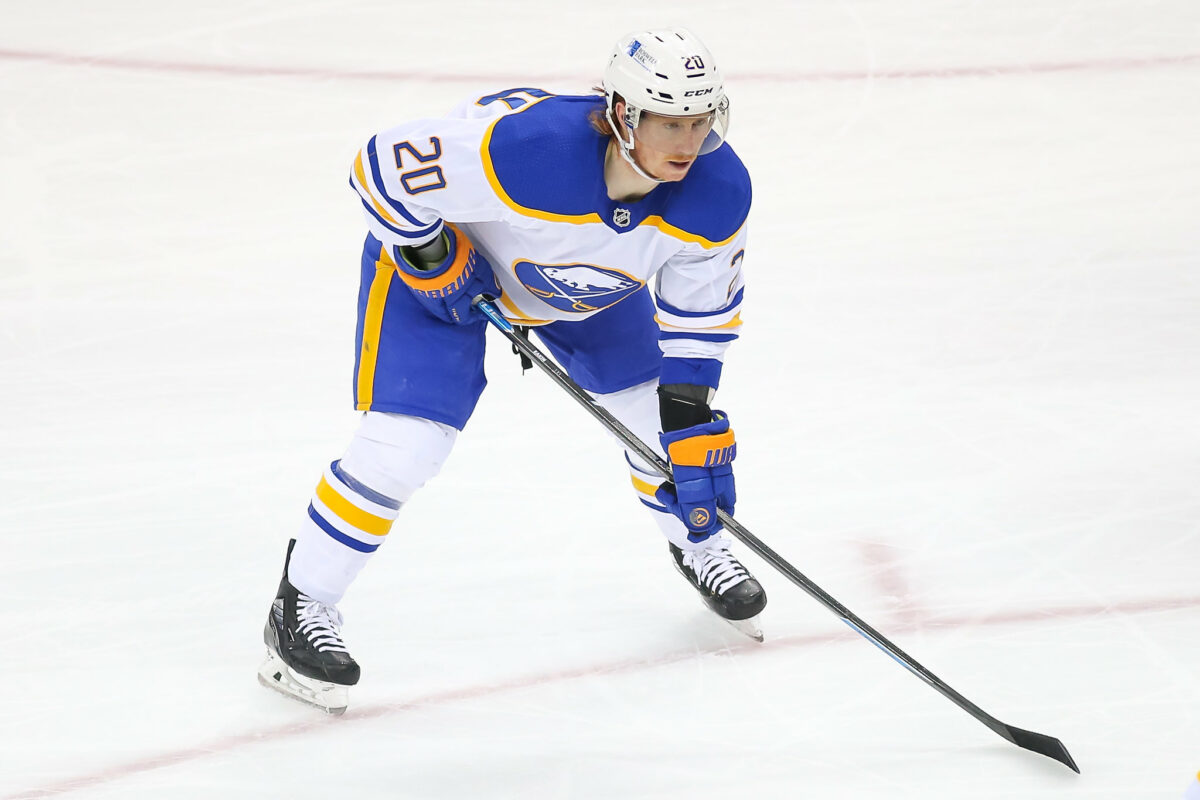
During the playoffs, the teams that most often win have a deadly power play and a stifling penalty kill. Eakin can add to the latter. The Bruins already hold a top-10 spot in the league, killing at a tick above 80 percent. Adding another quality penalty-killing option is never a bad option, especially in the grueling playoff push the team hopes to have in pursuit of another Stanley Cup. Playoff experience is always valued, and Eakin has played in five different postseasons. A key stat to hold onto: Eakin has a postseason face-off winning percentage of 52.5 percent. Adding Eakin gives the Bruins four different centers with a face-off winning percentage above 50 percent, joining Patrice Bergeron (obviously), Haula, and Tomas Nosek. While not the human highlight reel some folks would like to see the Bruins trade for, Eakin could be an unsung hero if he is brought into Boston for a playoff run.
Colin Miller (Buffalo)
While Tampa’s additions of Goodrow and Coleman were notable, as they extended an already dangerous forward group to near mythical levels, defensemen can also get moved. Tampa Bay followed up their 2019-20 deadline with another round of moves at the 2020-21 deadline, acquiring Columbus Blue Jackets defenseman David Savard, moving him from a top-four role in Columbus to a bottom pairing role in Tampa. He was still a quality defender, but now being on a better team, he faced easier matchups. The Lightning likely overpaid to acquire Savard, so in the Bruins’ pursuit of Miller, one can hope Buffalo is not nearly as ruthless in their negotiation.
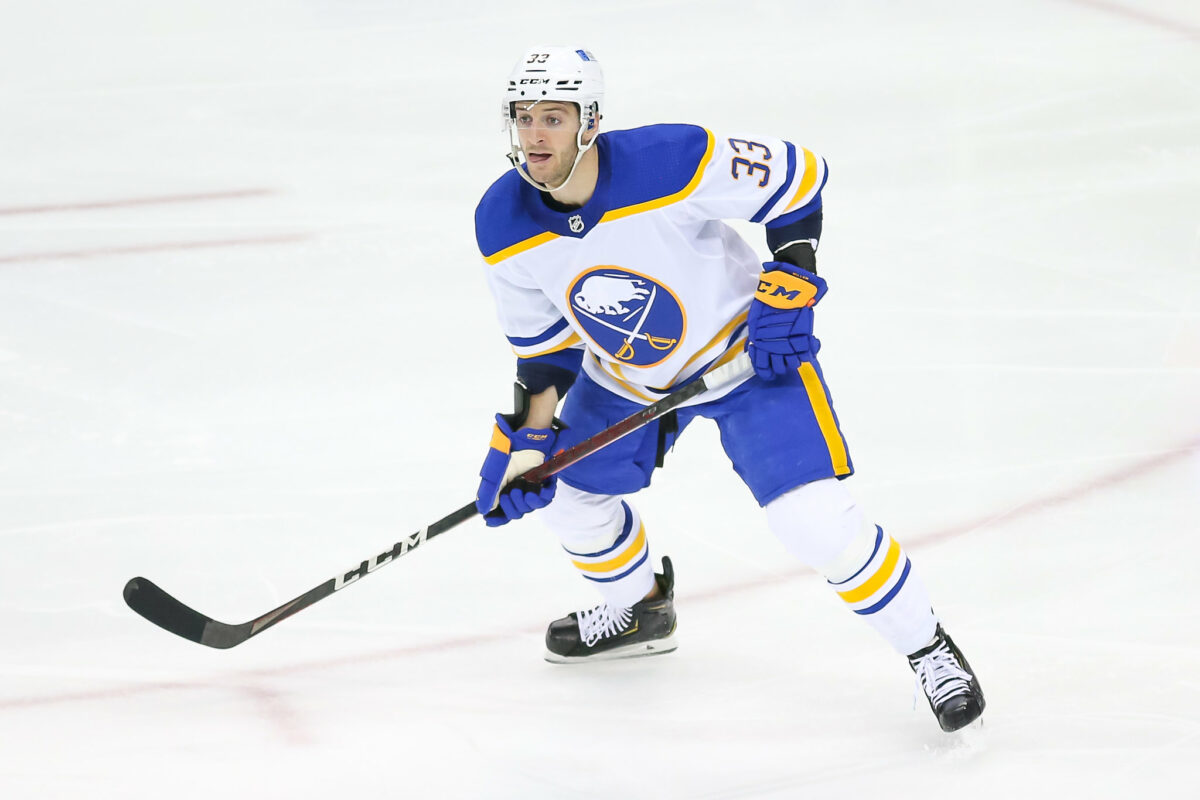
Miller has a past with the Bruins, being the Vegas Golden Knights’ selection during their expansion process from Boston. He has never had any dramatically successful years, but he has been streaky and showed flashes of promise. Possibly most important, he is a right-shot defenseman, an area of particularly thin organizational depth for the Bruins. Trading for Miller would not be in anticipation of him stepping into a top-four role with the Bruins. It would be as an insurance policy on the right side of the blue line to compete for playing time with Connor Clifton and give the organization another option should Urho Vaakanainen’s injury keep him from returning for the playoffs.
Related: Bruins Have Underrated Trade Target in Flyers’ Justin Braun
When he is on, Miller has the potential to provide a strong right shot that can create some offensive opportunities, coupled with a mean streak when the wires cross. One can hope that allowing Miller to play on the right of a defensive-minded defenseman like Derek Forbort, and being sheltered from tougher matchups should lead to some stronger production and fewer mistakes that could cost the team down the stretch run.
Colin Blackwell (Seattle)
Now that Seattle Kraken general manager Ron Francis has officially announced that his club will be open to making some moves at the trade deadline and is willing to utilize their open cap space to improve the return, the options abound. Mark Giordano (come on, Sweeney, swing a trade for him somehow, I beg you) is generating the most buzz, not surprising given a former Norris Trophy-winning defenseman with plenty of game left to give is available. Blackwell is on an expiring contract, broke into the league with the Nashville Predators, and has shown glimpses of moving up and down a lineup at various points in his career. Last season with the New York Rangers, he moved up and down, often playing on the fourth line but seeing meaningful minutes on the third line and even cracking the top-six some nights.
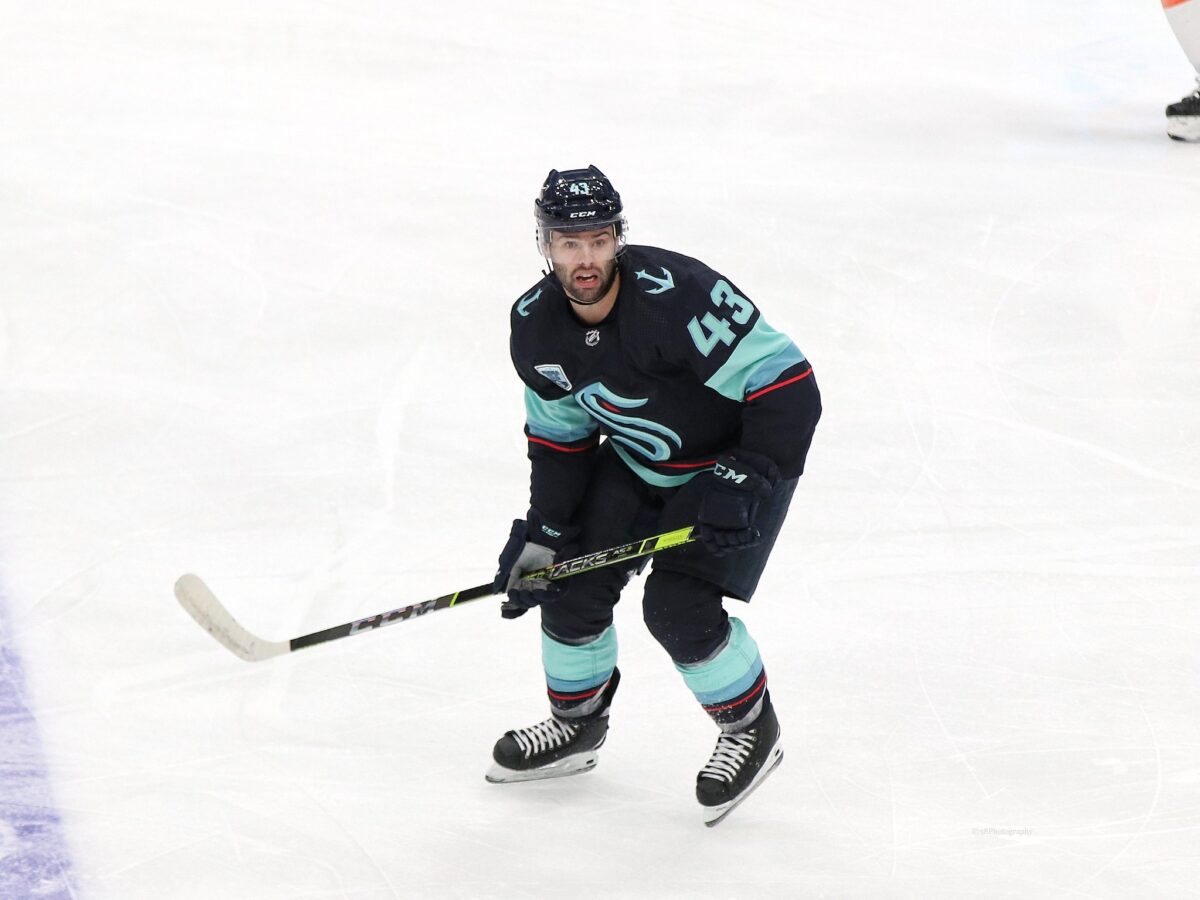
Blackwell does not have a playoff pedigree to pull from like some of the other names on this list. He brings positional flexibility (he can play wing or center) and has penalty-killing experience. He is also a player who has never shied away from finishing a check. Although he is undersized, he brings a physicality that is needed in a playoff series as teams try to wear each other down for the later games.
Blackwell would be rotated in the fourth line but gives the Bruins the option to slide him up and down the lineup as they encounter injuries that will undoubtedly come during a playoff run. Even if he does not move up the lineup, say head coach Bruce Cassidy and his staff prefers moving Nosek up the depth chart, Blackwell provides a safety net to the team and that the new fourth line will not miss a beat.
Nick Bonino (San Jose)
Nick Bonino is the veteran version of Goodrow and Coleman. What Tampa traded for in those two players, as 200-foot options with term and youth, can be found in Bonino. He may not be putting together career-high offensive numbers anymore, but he can chip in 10 to 15 goals a season, more than enough for someone who plays such an important role in the defensive zone.
If not for an outlier last season with the Minnesota Wild, Bonino would be another Cody Eakin case. His playoff faceoff winning percentage would be on the right side of 50 percent, and he is an incredibly capable defensive forward. Pair those numbers with the two Stanley Cups Bonino has from his time in Pittsburgh, and he begins to look like a player built for the playoffs who should be attainable at a reasonable asking price (from: ‘Predators see Penguins role player Nick Bonino contributing more with Nashville,’ The Tennessean, July 1, 2017). Add in his experience in Nashville playing alongside Craig Smith, and he could be a solid option.
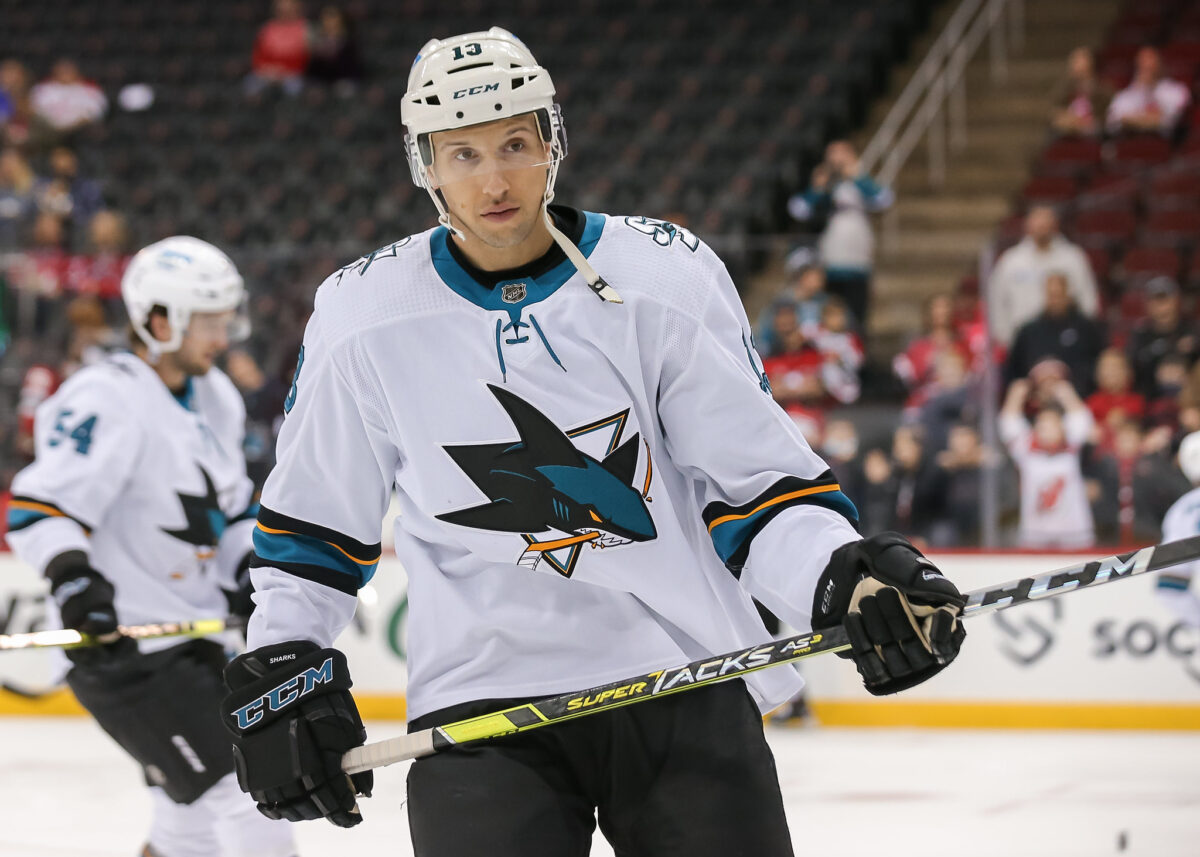
At 33, he’s not the youngest option available, but he brings experience and competence to a team that already has a strong foundation to work with. Aside from his age, the other drawback to Bonino is he does not bring the same physical presence as some of the other names on this list. Yes, he is a very dependable defensive center, but he will not be stapling opponents to the wall or separating his man from the puck with a big check. Instead, he relies more on his positioning and stick work, two important skills, but skills that may be repetitive with some of the skaters in the Bruins’ current lineup.
Tyler Motte (Vancouver)
As one of the few players bound for free agency from Vancouver, Motte is a popular name in trade circles. He’s not like his teammates J.T. Miller or Brock Boeser. He will not lead a line on his own, but he has a high motor, and he can be relentless on the forecheck. In short, if you are looking for a comparable, some would point back to Goodrow and Coleman. Motte is a rental instead of being traded with another year of team control, so the return should *hopefully* not be the same as Tampa paid for their third line pair.
On the Bruins, Motte would bring an element of speed to the fourth line while also allowing Cassidy and the staff to shuffle lines if they choose. While Trent Frederic has been on a recent hot streak, and the current third line of Frederic-Charlie Coyle-Craig Smith seems to be clicking, should the staff want to take Frederic out for a playoff series, Motte would immediately be the favorite to take the open wing position on the third line. There is concern around breaking up lines that are connecting and providing depth scoring, something that has been a constant pain point for past Bruins teams, but bringing in Motte should not upset the chemistry and throw off the rhythm enough for it to matter.
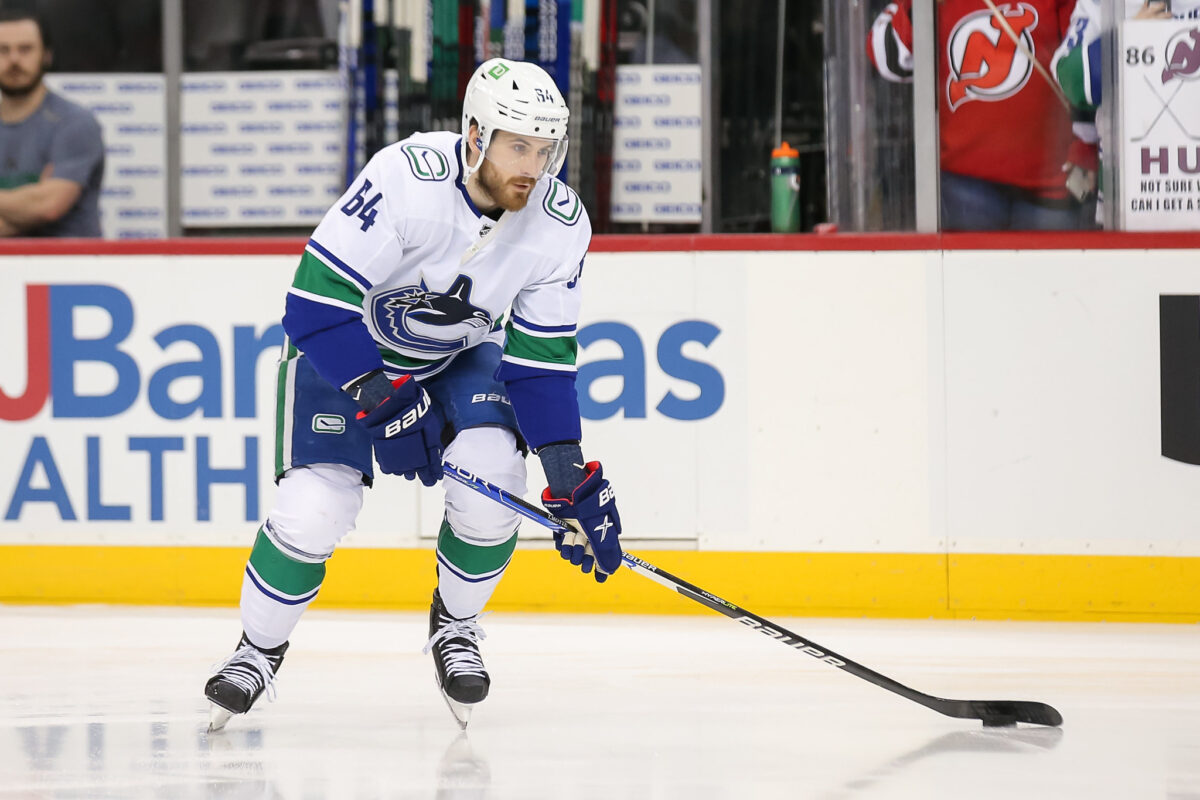
On top of this flexibility, Motte has been an important penalty killer in Vancouver. As mentioned with Cody Eakin, one of the best indicators of a team’s postseason success is their special team percentages. The teams that convert on more of their power plays than the other teams in the playoffs and allow fewer goals on the penalty kill than the other teams in the league tend to go further in the playoffs. Shocking, I know. Motte, as an effective penalty killer who has some offense in his game fits this model to a T.
Honorable Mention
Brandon Hagel (CHI), Vladislav Namestnikov (DET), Zach Sanford (OTT), Dylan DeMelo (WPG)
Bruins Have Options
This is not an all-inclusive list of Bruins targets or even close to the only moves the team should look to make. These are just a few suggestions to consider while also dreaming about the blockbuster deal that may or may not come to fruition. The Bruins should not let the thought of what could happen hamstring them from making other moves that can benefit this team without costing the future. For as good as the Bruins are right now, they are an aging group. Management should be ready to seize the opportunity with their current core, but each move needs to factor in the future as well.
If one bad bounce happens this spring and the Stanley Cup chase comes to an early end, can the team replicate their success next year? These moves will not hamper future roster flexibility or dip into the prospect pool that is already thin. Time to use the mid-round draft picks at the Bruins’ disposal. Send out a fourth- or fifth-round pick for one of these guys and buckle up for a run that hopefully results in a parade.